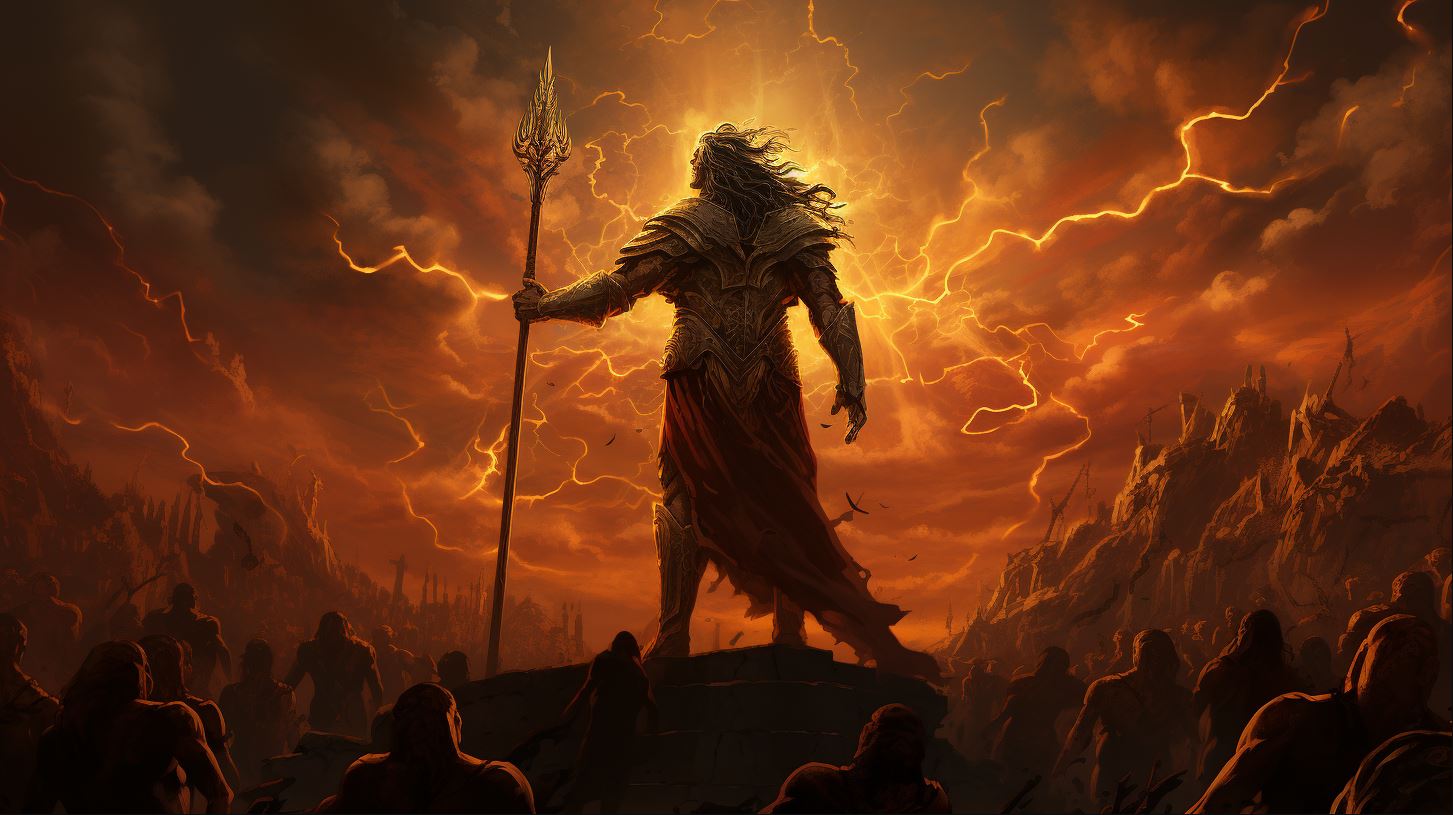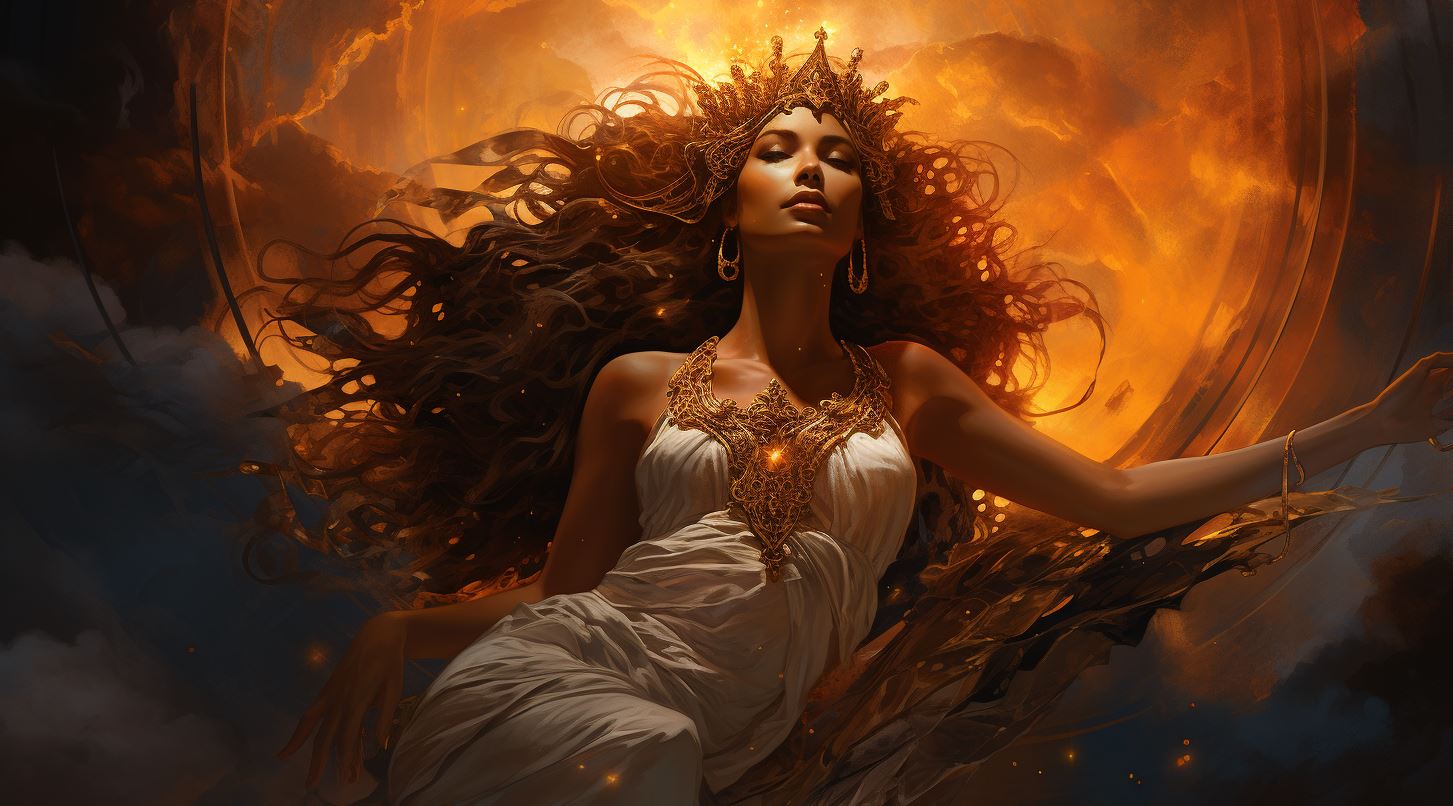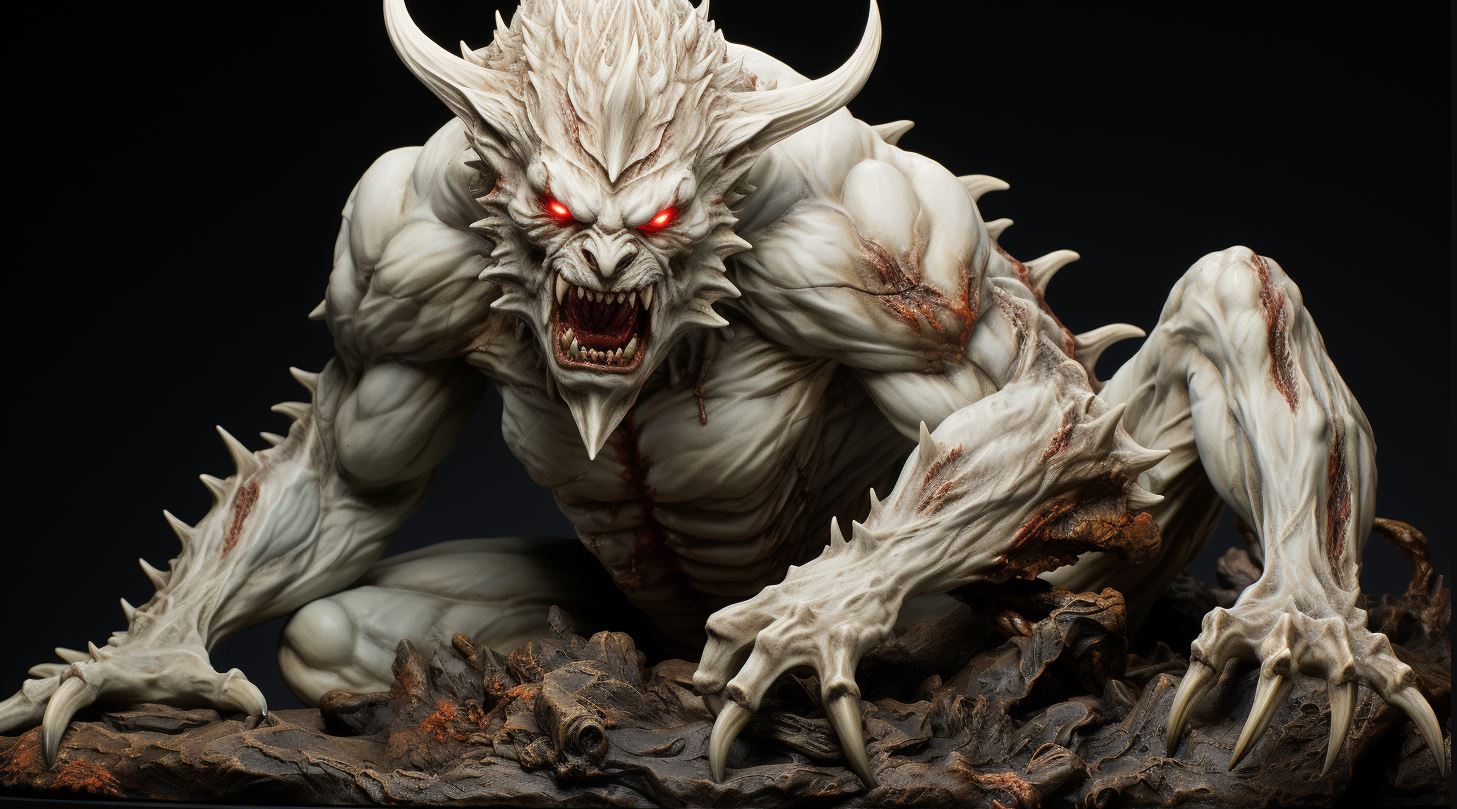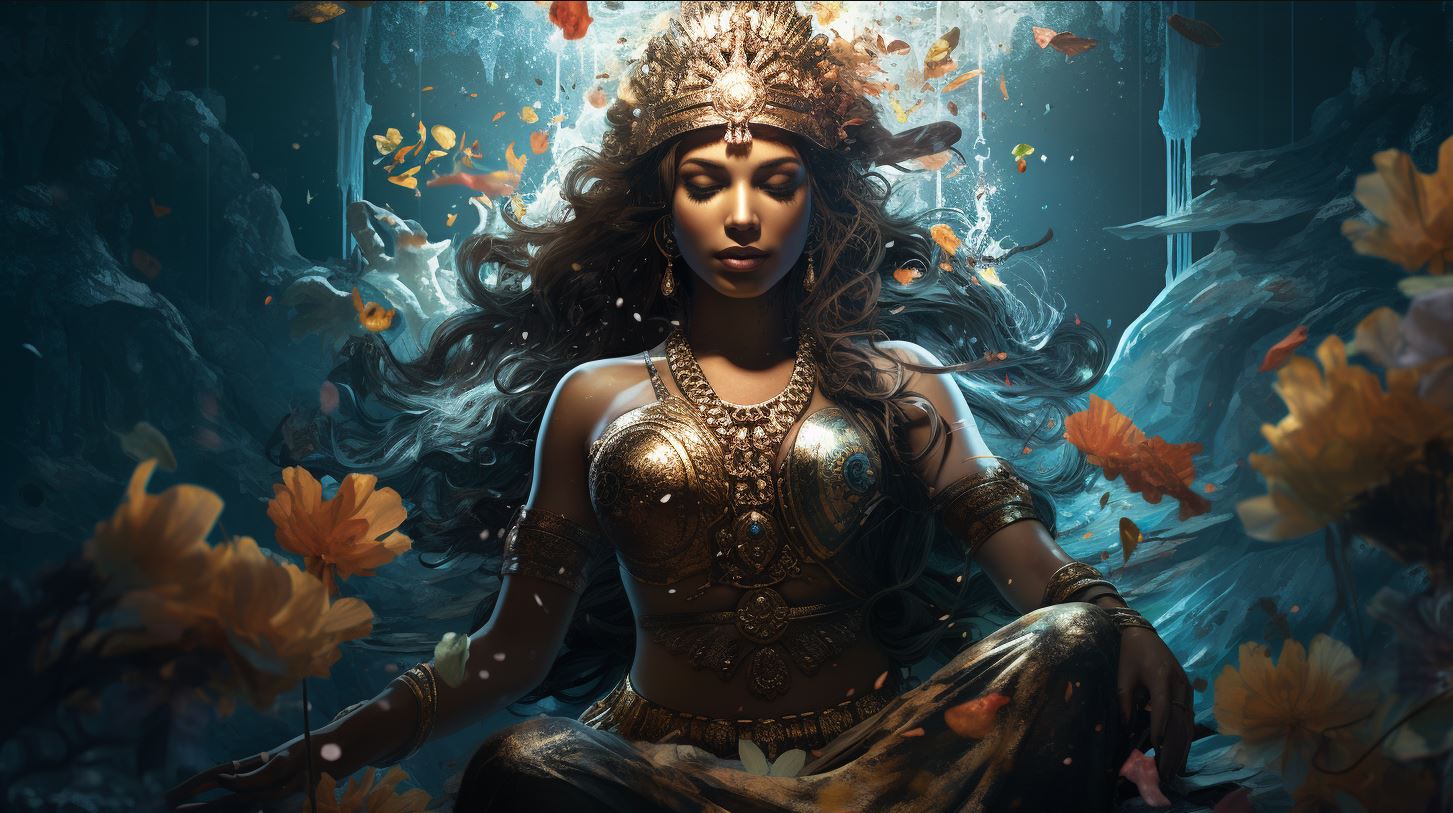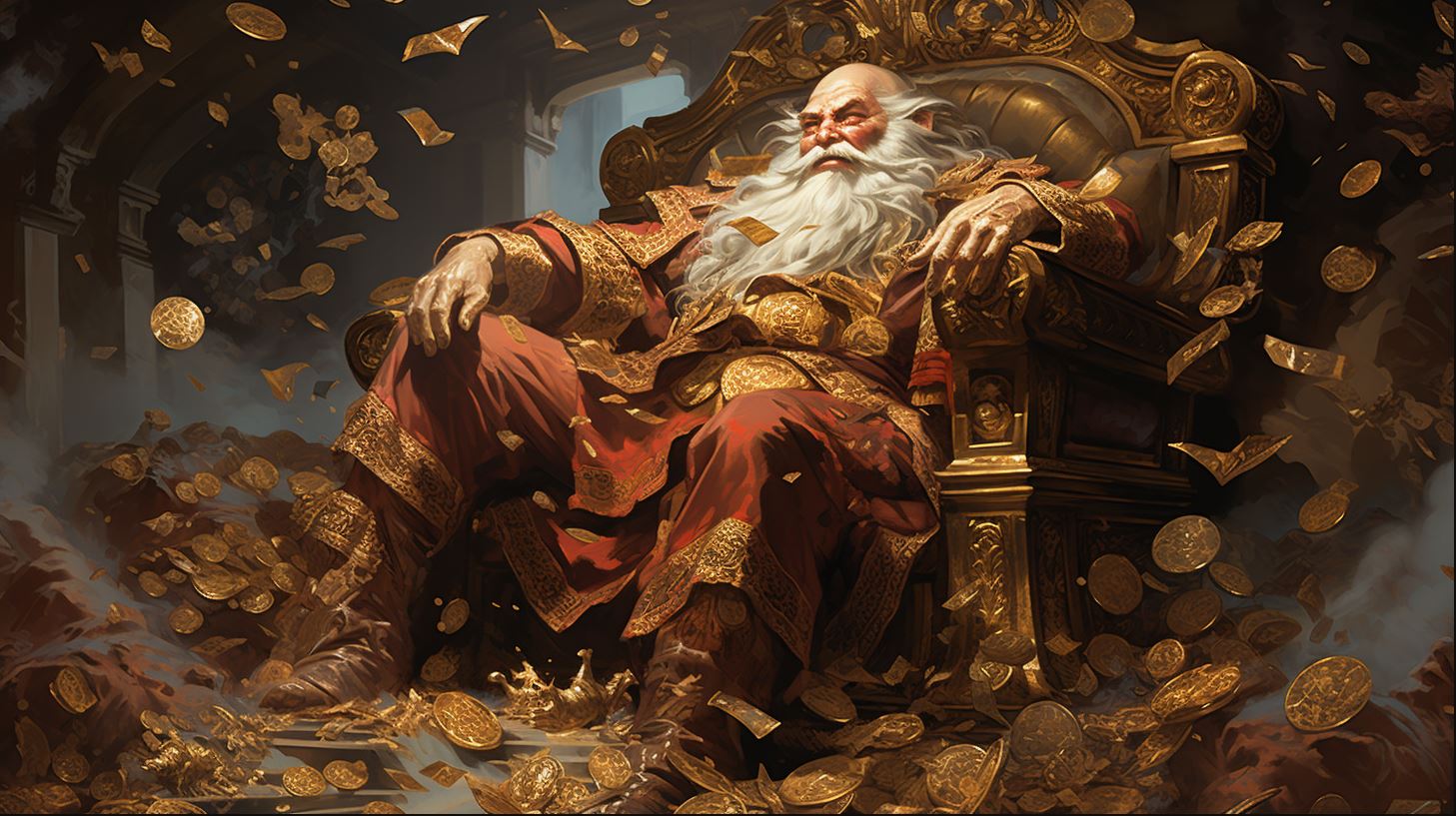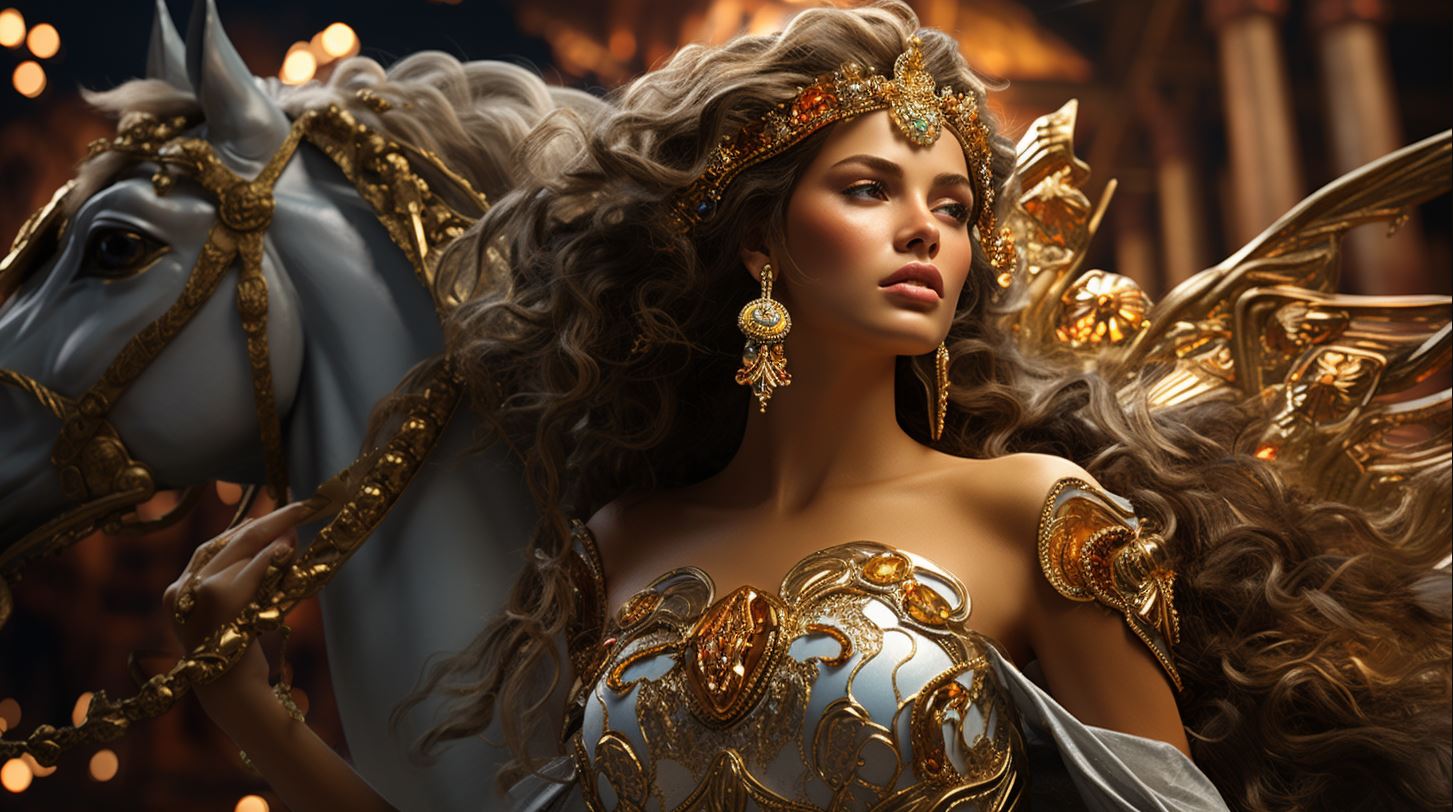Verethragna Persian God: Exploring the Powerful Deity in Ancient Iranian Mythology
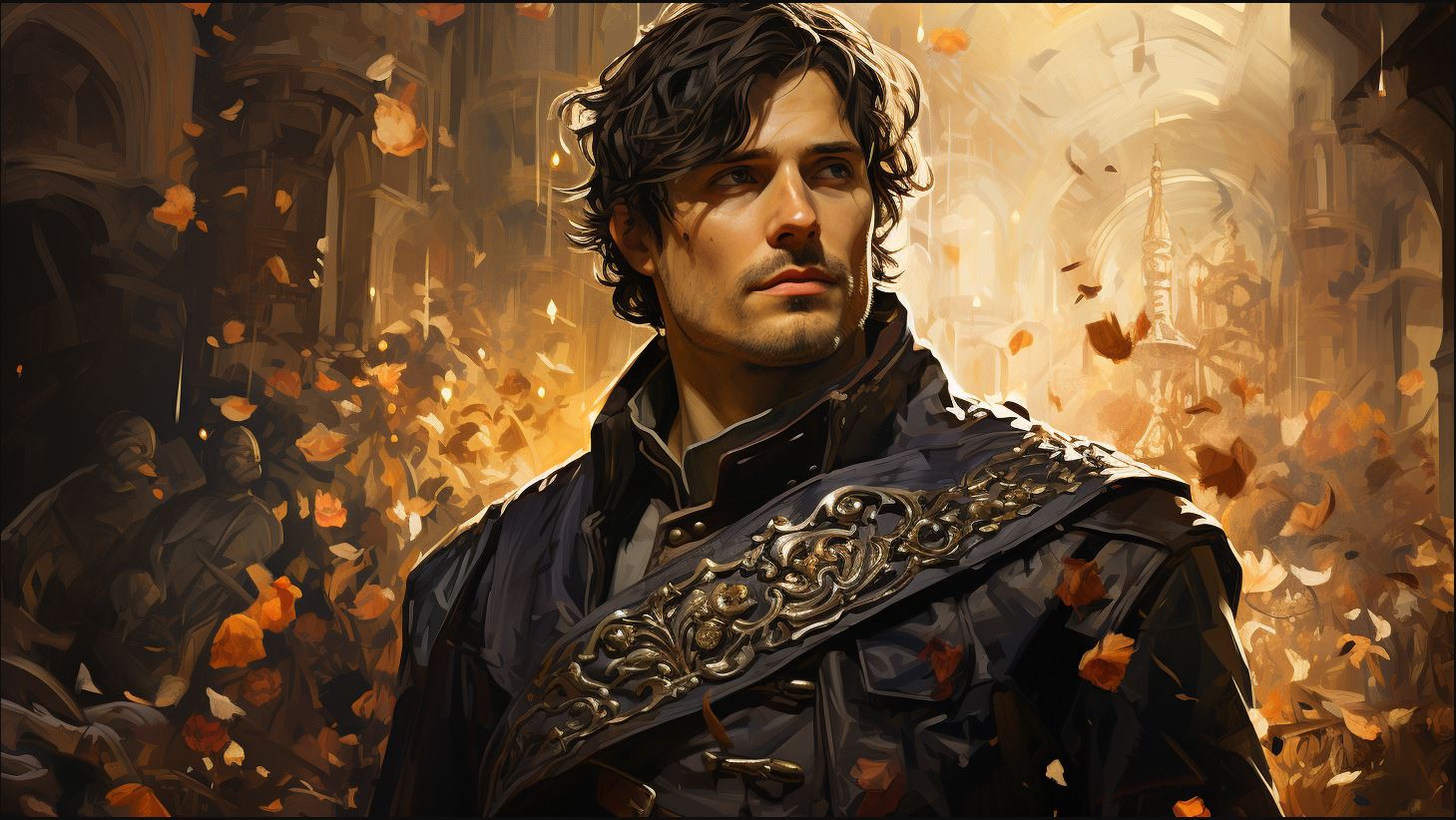
Verethragna, also known as Bahram, is a significant deity in the ancient Iranian mythology. He is revered as the god of victory in Zoroastrianism, depicted as a powerful and generous being.
Verethragna takes various forms such as the wind, a warrior, a bull, a white horse, and many others. Associated with virility, healing, and wondrous abilities, Verethragna engages in constant battles against humans and demons.
His identity has been connected to various deities and figures from different cultures. This article explores the significance of Verethragna in Persian culture and his influence on modern interpretations and worship.
We will explore the history of Verethragna, his various roles and associations, as well as his significance in Persian culture and modern interpretations.
Within the context of Iranian mythology, we will examine Verethragna’s divine nature and the specific roles he plays as a powerful figure.
We will also explore his depiction in Zoroastrian texts and the captivating iconography associated with him.
Verethragna’s connections with other deities from different cultures will be investigated to shed light on the diverse influences that shape his character.
Specifically, we will explore his associations with deities such as Vishnu, Adama, Nergal, Horus, Ares, and Heracles.
Furthermore, we will delve into the significance of Verethragna in Persian culture. We will discover how he embodies concepts such as warfare, victory, virility, sexual potency, healing, and physical well-being.
His role as a protector of those embarking on journeys will also be explored.
Verethragna’s influence from Vedic and Indo-Iranian traditions will be examined, uncovering parallels between Verethragna and the Vedic god Indra, as well as similarities with other Indo-Iranian divinities.
We will also explore his connections with Avestan texts, further enriching our understanding of his character.
Lastly, we will delve into the modern interpretations and worship of Verethragna. We will explore his continued relevance in contemporary Zoroastrianism, his symbolism of resilience and protection, and his representation in art and cultural expressions.
History of Verethragna in Iranian Mythology
Verethragna, also known as Bahram, holds a significant place in Iranian mythology. This section delves into the historical aspects of Verethragna, exploring his role as a divine figure, his presence in Zoroastrian texts and iconography, as well as his associations with other deities.
Verethragna’s Role as a Divine Figure
Verethragna is revered as the god of victory in Zoroastrianism, symbolizing glory, power, and triumph. He embodies the essence of divine intervention in battles and conflicts. As a mighty warrior, Verethragna fights against both human foes and demonic forces, ensuring the triumph of good over evil.
His divine role extends beyond warfare, encompassing various aspects of life, including healing, virility, and the marvelous.
Verethragna in Zoroastrian Texts and Iconography
The texts of Zoroastrianism offer multiple descriptions of Verethragna in different forms and manifestations. He is depicted as the wind, an armed warrior, a young teenager, a bull, a white horse, a raging camel, a wild boar, a bird of prey, a ram, and a wild goat.
Such imagery reflects his multifaceted nature and his ability to adapt to various situations. In Zoroastrian iconography, Verethragna is often portrayed as a winged god or as an eagle perched atop the crowns of Sassanian kings.
Verethragna’s Associations with Other Deities
Verethragna’s influence extends beyond Zoroastrianism, as he shares connections with deities and figures from other cultures. In parallels drawn with Hindu mythology, he bears resemblances to Vishnu. Additionally, associations have been made between Verethragna and deities such as Adama, Nergal, Horus, Ares, and Heracles.
These cross-cultural connections highlight the universality and enduring significance of Verethragna’s divine presence.
The Significance of Verethragna in Persian Culture
In Persian culture, Verethragna holds immense importance as a divine figure associated with various aspects of life. Let’s explore the different dimensions of Verethragna’s significance:
Verethragna’s Importance in Warfare and Victory
Verethragna is deeply intertwined with warfare and victory in Persian culture.
Considered as the god of victory in Zoroastrianism, Verethragna provides strength and courage to warriors, ensuring triumph in battles. His association with warfare symbolizes the perseverance and determination needed to overcome challenges and achieve success.
Verethragna as a Symbol of Virility and Sexual Potency
In Persian culture, Verethragna is also revered as a symbol of virility and sexual potency. His representation as a powerful, generative deity embodies the essential qualities associated with masculinity and procreation.
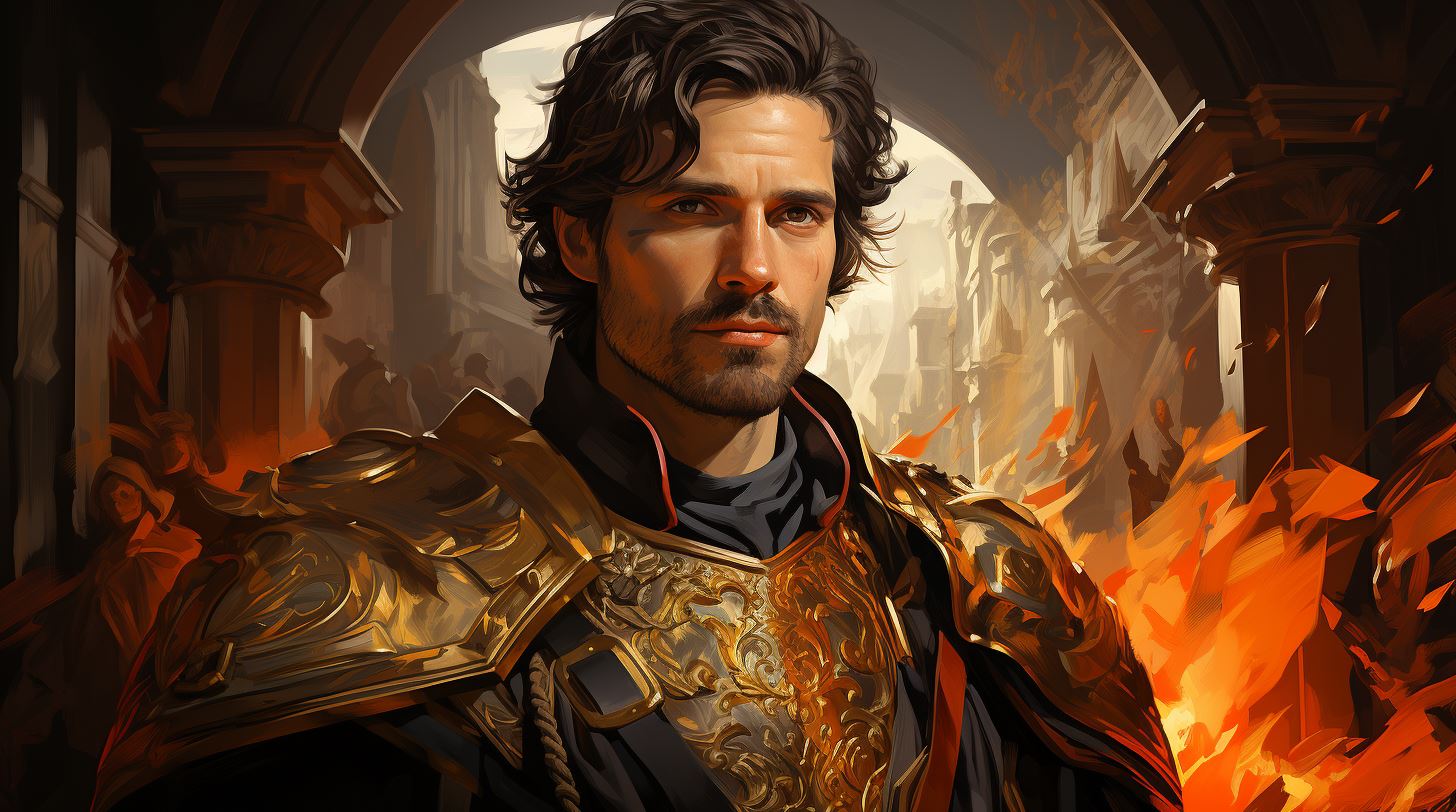
Verethragna is believed to bless individuals with fertility, both in terms of childbirth and the abundance of crops.
Verethragna’s Role in Healing and Physical Well-being
Verethragna is not only a god of victory and masculinity but also an integral part of healing and physical well-being. He is often worshipped for his abilities in restoring health and ensuring the physical integrity of individuals.
Verethragna’s association with healing exemplifies his benevolence and his role in safeguarding the overall well-being of devotees.
These aspects of Verethragna’s significance in Persian culture reveal the multifaceted nature of his worship and the diverse roles he plays in the lives of believers.
The depiction of Verethragna as a powerful deity associated with victory, sexuality, and healing highlights his importance in various aspects of human existence.
Verethragna and the Influence of Vedic and Indo-Iranian Traditions
The deity Verethragna holds significant connections with Vedic and Indo-Iranian traditions, showcasing the interplay and shared influences between these ancient cultures.
This section explores the parallels between Verethragna and the Vedic god Indra, highlights similarities with other Indo-Iranian divinities, and delves into Verethragna’s connections with Avestan texts.
Parallels Between Verethragna and Vedic God Indra
Verethragna shares intriguing similarities with the Vedic god Indra, a prominent figure associated with thunder, war, and sovereignty.
Both Verethragna and Indra embody the qualities of victorious warriors and play crucial roles as champions of their respective pantheons. Their common characteristics include their association with thunderous storms, their status as powerful deities of victory, and their roles as protectors of their followers.
Similarities with Other Indo-Iranian Divinities
In addition to the connection to Indra, Verethragna also exhibits resemblances to various other Indo-Iranian divinities. These similarities reinforce the notion of shared religious concepts and beliefs across ancient Iran and the broader Indo-Iranian region.
Studying these parallels sheds light on the complex intertwining of mythologies and religious practices in this cultural sphere.
Divine Attributes and Functions
Verethragna shares several divine attributes and functions with other Indo-Iranian deities, such as their associations with warfare, fertility, and the natural world. This suggests a shared understanding and reverence for these thematic aspects among the ancient peoples inhabiting these regions.
Iconographic Depictions
The iconography associated with Verethragna, as well as other Indo-Iranian divinities, exhibits remarkable resemblances. Visual representations depict Verethragna adorned with weapons, often accompanied by symbols of power and authority. These parallels further highlight the cultural exchanges and cross-pollination that existed between these ancient societies.
Exploring Verethragna’s Connections with Avestan Texts
Avestan texts provide valuable insights into Verethragna’s significance within Iranian mythological narratives. These texts shed light on Verethragna’s role as a divine warrior and his interactions with other deities and figures in the Zoroastrian pantheon.
Exploring the Avestan accounts deepens our understanding of Verethragna’s place within Persian culture and mythology.
- The hymns dedicated to Verethragna in the Avesta highlight his role as a powerful and benevolent deity, associated with victory and protection.
- In Avestan mythology, Verethragna’s battles against demons and his triumphs exemplify his divine presence in the ongoing struggle between good and evil.
- Avestan texts offer glimpses into the rituals and worship practices associated with Verethragna, illustrating how the ancient Iranians revered and sought his blessings.
These connections with Avestan texts provide a rich foundation for understanding Verethragna’s importance within Iranian religious and cultural traditions.
This section delves into the influence of Vedic and Indo-Iranian traditions on Verethragna and highlights the shared elements and commonalities found within these ancient belief systems. Through exploring parallels with Indra, noting similarities with other Indo-Iranian deities, and examining Verethragna’s connections with Avestan texts, we gain a broader perspective on the interwoven tapestry of belief and worship in ancient Persia.
Modern Interpretations and Worship of Verethragna
Modern Zoroastrianism embraces Verethragna, the Persian god of victory, with great reverence and devotion. Despite the passage of time, Verethragna’s significance has endured, making his worship an integral part of contemporary Zoroastrian practices.
Let’s explore how Verethragna continues to hold relevance in the lives of followers today.
Verethragna’s Relevance in Contemporary Zoroastrianism
In present-day Zoroastrianism, Verethragna’s divine presence resonates strongly as a source of inspiration and guidance. His portrayal as a powerful deity who brings victory and protection embodies the aspirations of believers facing challenges in their daily lives.
Many Zoroastrians turn to Verethragna for strength, seeking his intercession and blessings in their endeavors.
Verethragna as a Symbol of Resilience and Protection
Verethragna’s persona goes beyond his role as a god of victory. He symbolizes resilience and protection, embodying qualities that are highly valued in Zoroastrianism. Revered as a guardian and an advocate for those who face adversity, Verethragna represents the unwavering determination to overcome obstacles and find solace in his divine presence.
Verethragna’s Representation in Art and Cultural Expressions
The artistic representations of Verethragna in various forms serve as unique expressions of devotion and cultural heritage. In Zoroastrian art, Verethragna is often depicted as a powerful figure, adorned with wings or as an avian symbol in the crowns of the Sassanian kings.
These artistic renderings not only commemorate Verethragna’s significance but also serve as a visual reminder of his power and protection.
Furthermore, Verethragna’s influence extends to cultural celebrations and rituals among Zoroastrian communities.
Festivals and ceremonies dedicated to him showcase the enduring legacy of this ancient deity, reinforcing the deep-rooted devotion and steadfast belief in his blessings.
In conclusion, Verethragna’s worship continues to thrive within the modern Zoroastrian community.
Believers find solace and hope in his divine attributes, seeking his intercession and protection in their lives. Through art and cultural expressions, Verethragna’s influence remains vividly portrayed, inspiring devotees to persevere and find strength in his eternal presence.
.












